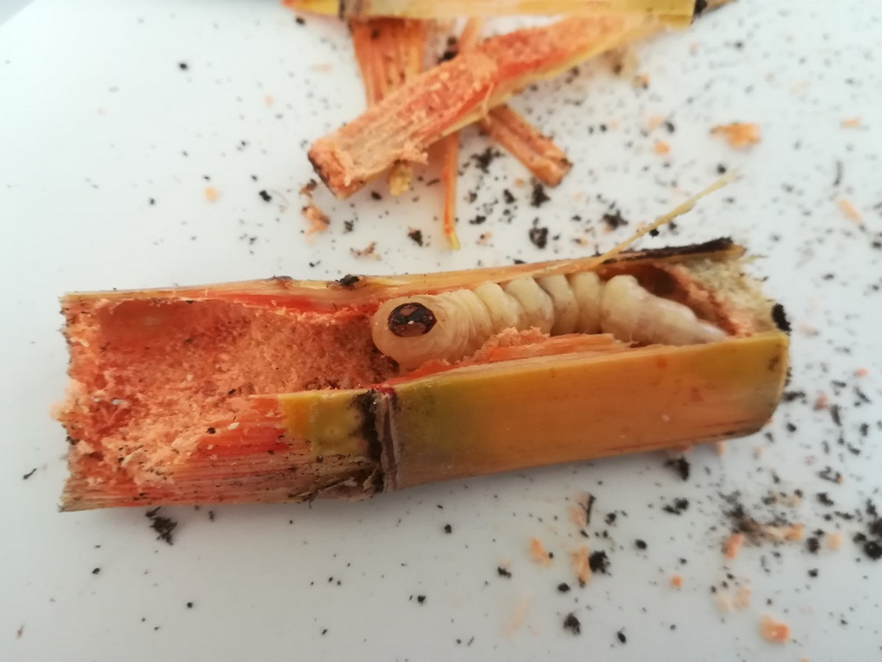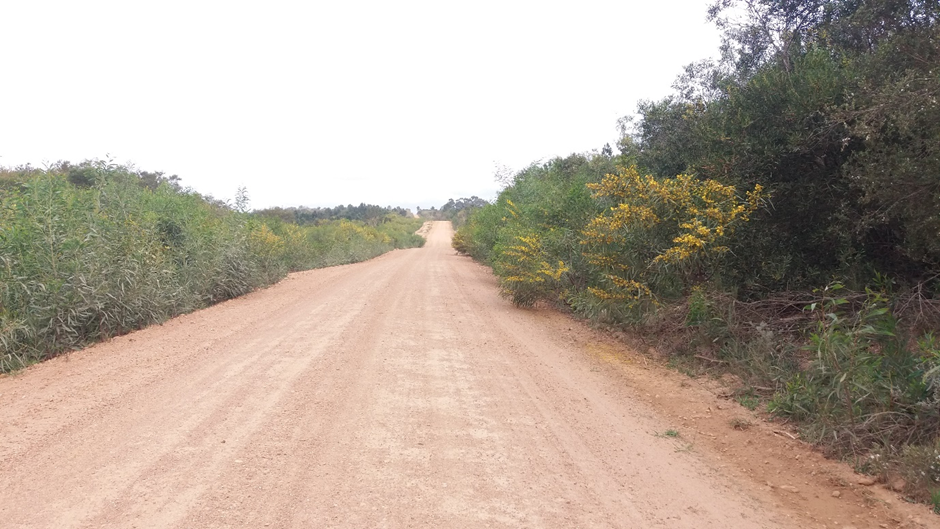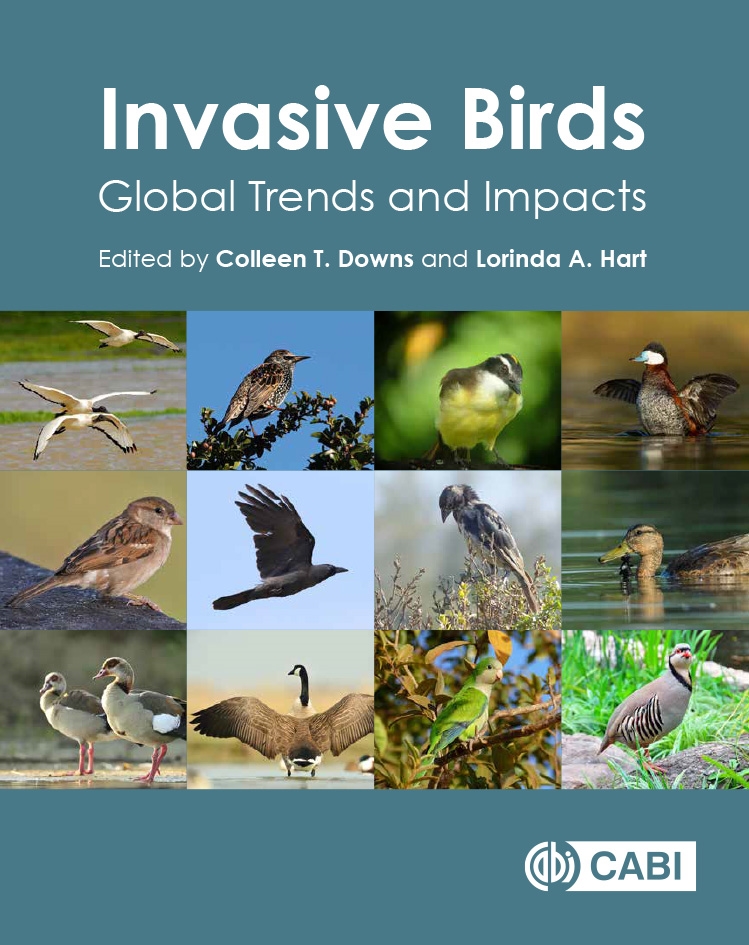Barcoding as a tool to track emerging pests: the case of the sugarcane long-horned beetle
Identifying agricultural crop pests quickly and reliably is critical to track their spread and to apply suitable control measures where needed. However, the identification of insect pests is often hampered by the lack of taxonomic expertise, especially in complex and poorly known tropical groups. DNA barcoding is often used as a supporting tool to identify species in the context of invertebrate pest management but relies on comprehensive and well-curated molecular databases.





